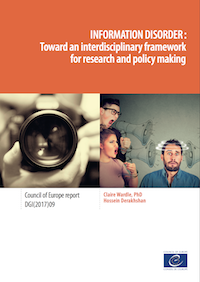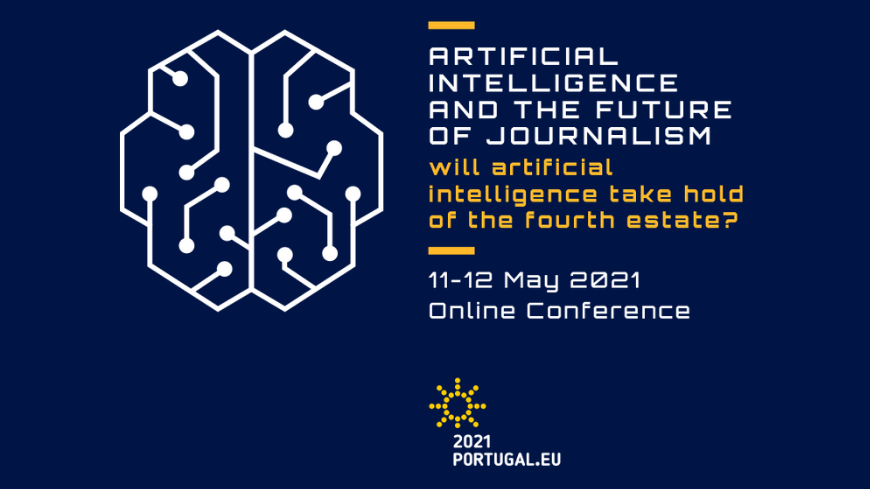On May 12, 2021, Mr Patrick Penninckx, Head of the Information Society Department of the Council of Europe addressed participants of the High-Level Conference “Artificial Intelligence and the Future of Journalism - Will AI take hold of the 4th estate?”. Speaking in the panel “AI, Disinformation, Pluralism and Democracy”, he discussed the role of AI in the promotion and spread of disinformation and ways how AI could be used to prevent it. He also reviewed the impact of AI-driven tools on media pluralism, freedom of expression and democracy and exemplified what the different actors (users, media, platforms, states) can do in this context, for example, promote media literacy, support quality journalism, enhance digital governance etc.
Organised by the Portuguese Presidency of the Council of the European Union, the conference intended to raise awareness of the adoption and impact of AI-based technologies on news production, distribution and consumption, and to promote reflection on the journalism of the future in the digital age.






